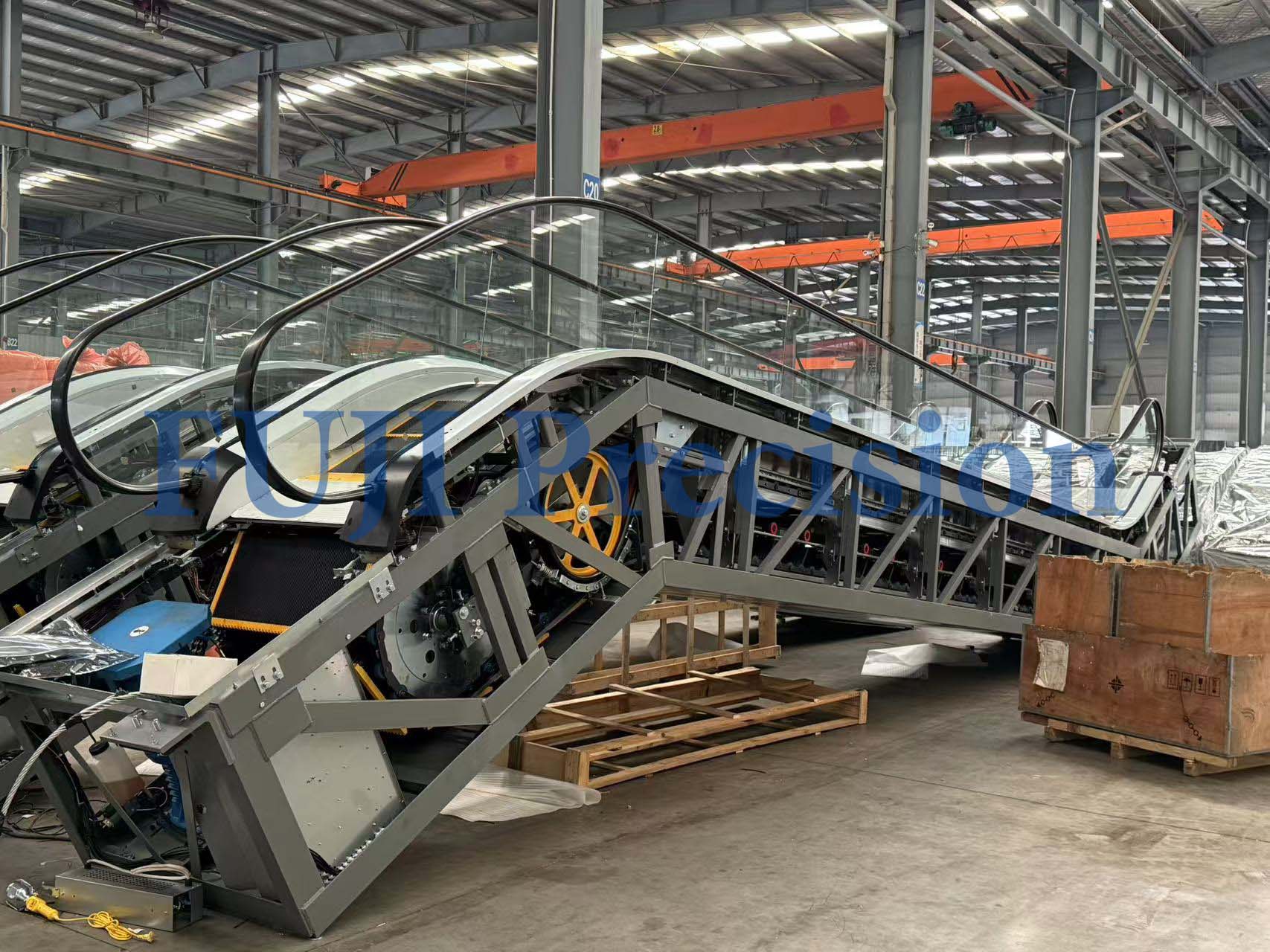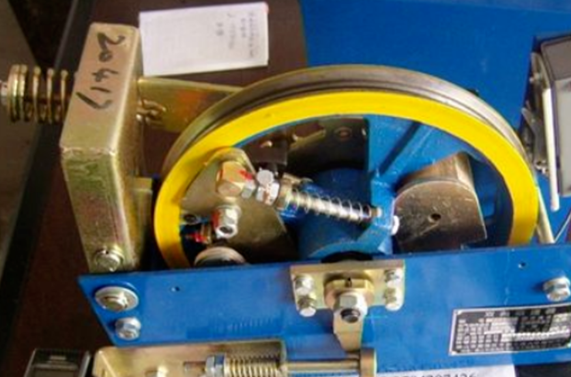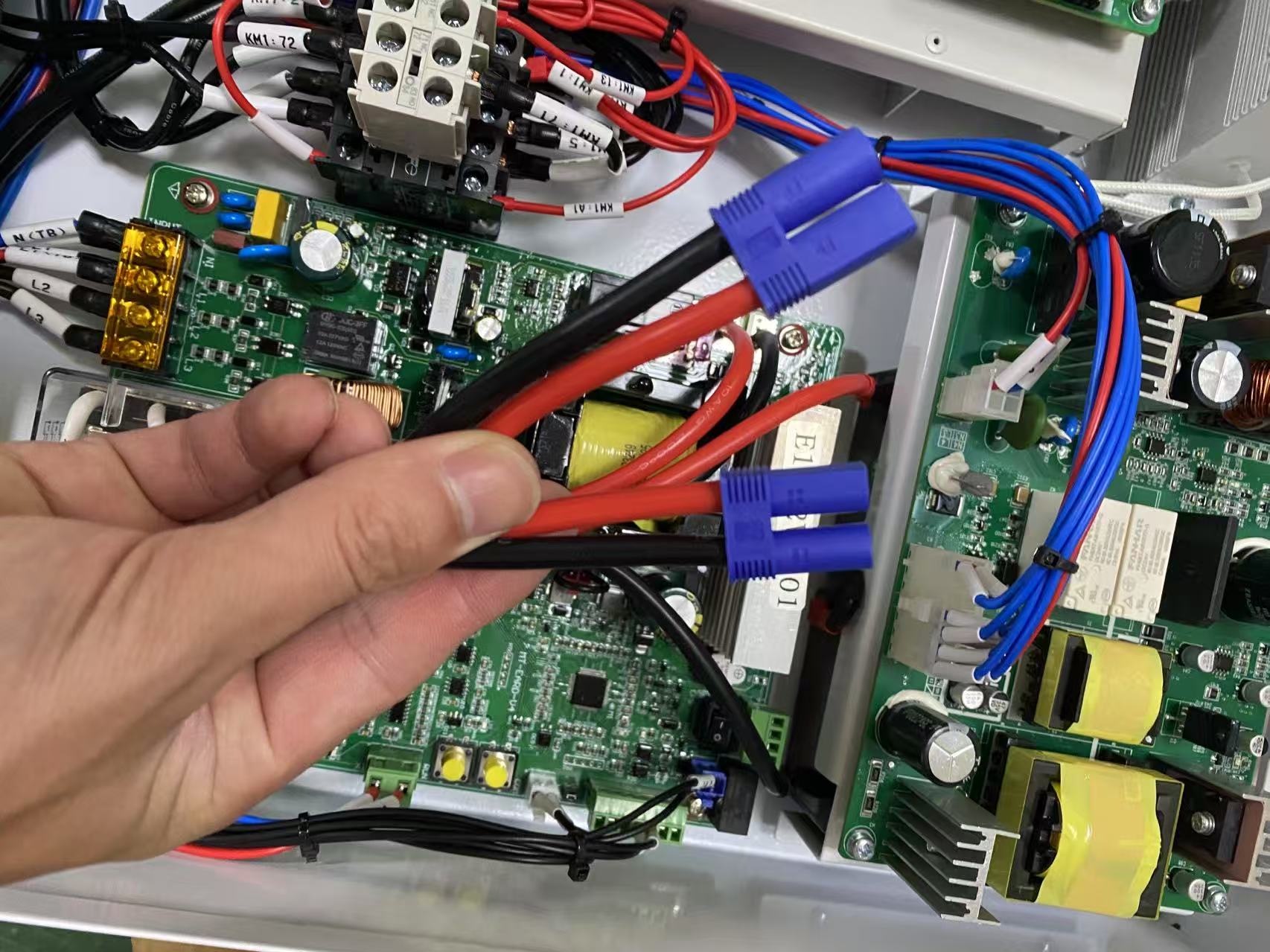What are the safety protection devices of elevators?
Date:2025-09-22(1) Speed limiter installation
① The speed limiter should be clean and free of oil stains, and the speed setting seal should be intact and free of any signs of disassembly.
For example, when inspecting a speed limiter on an elevator, the inspector should find each setting seal on the speed limiter according to the speed limiter type inspection certificate and the installation, maintenance and operating instructions, and observe that the seals are intact.
② The speed limiter should be marked with up and down arrows and text instructions in the same direction as the elevator's running direction.
③ After the speed limiter is installed, a linkage test should be carried out. After the car safety clamp is activated, the traction wire rope should slip on the traction sheave.
④ The verticality of the sheave flange end face relative to the horizontal plane should not be greater than 2/1000.
(2) Safety clamp installation
The setting seal of the safety clamp should be intact and free of any signs of disassembly. The gap between the safety clamp and the guide rail should meet the elevator design requirements. (3) Buffer installation
① The buffer should be free of rust, the oil circuit should be unobstructed, and the buffer oil should be filled as required by the instructions. The verticality of the hydraulic buffer plunger should not be greater than 0.5%.
② The deviation between the center of the buffer plate of the car and counterweight and the center of the buffer should not be greater than 20mm.
③ When multiple buffers are used at the bottom of the car or counterweight, the distance deviation between the top surface of each buffer and the car or counterweight should not be greater than 2mm. The buffer distance should be adjusted according to the design requirements of the elevator and the size should be marked on the shaft wall.
④ During the buffer action test, the time from the column being fully compressed to fully reset should not be greater than 120s. Before the buffer returns to its normal position, the electrical switch cannot be reset and the elevator cannot be started.
Elevator whole machine acceptance
(2) The speed limiter, safety clamp, buffer, and door lock device must be consistent with their type test certificates.
(3) The car (or counterweight) down sign on the speed limiter must be consistent with the actual down direction of the car (or counterweight). The rated speed and operating speed on the speed limiter nameplate must be consistent with the elevator being inspected. The speed limiter rope tensioning switch, hydraulic buffer reset switch, etc. must operate reliably. The speed limiter and safety clamp electrical switches must operate reliably during the linkage test and should cause the drive main unit to brake immediately.
(4) The upper and lower limit switches must be safety contacts and must operate normally during the operation test at the terminal position. They must operate before the car or counterweight contacts the buffer and remain in the operating state when the buffer is safely compressed. The upper and lower limit switches are the second layer of protection after the limit switch does not operate. Once operated, the main power supply will be cut off and it needs to be reset before it can be restarted. They are located at the top and bottom floors of the shaft and are generally installed at the guide rail end. The operating distance is 50 to 100 mm.
(5) For instantaneous safety clamps, the car should be loaded with an evenly distributed rated load; for progressive safety clamps, the car should be loaded with an evenly distributed 125% rated load.
1. Elevator speed limiter.
This is a safety control component in the elevator safety protection system. If, for any reason, the elevator car exceeds speed during operation, or even poses a risk of falling, and all other safety protection devices are inoperative, the speed limiter and safety clamp will work in conjunction to stop the elevator car.
The elevator speed limiter constantly monitors and controls the car speed. When it exceeds 115% of the elevator's rated speed, it issues a signal, mechanically disconnecting the power supply circuit and braking the traction mechanism. If the elevator still fails to brake, the safety clamp installed at the bottom of the car activates to force the car to a stop. The speed limiter is the signal issuer, while the safety clamp is the executor. The combined action of these two factors gives rise to the concept of a safe elevator.



